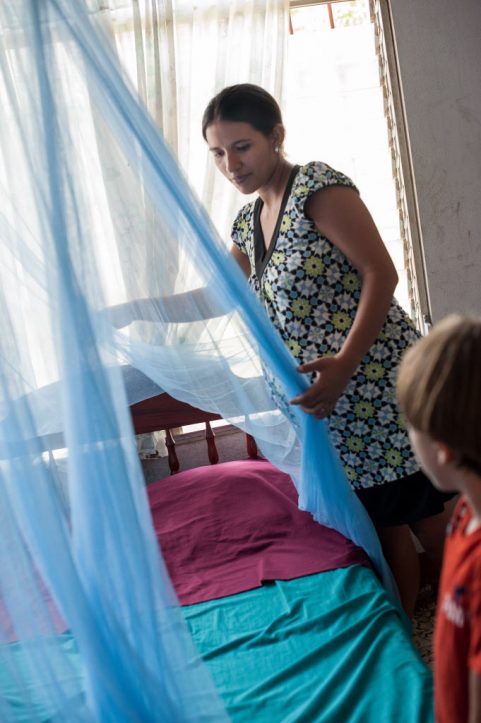A post from the Stillbirth Advocacy Working Group stillbirths series by Shannon Maloney
This past weekend I had the pleasure of attending the Consortium of Universities for Global Health annual conference, witnessing incredibly talented and enigmatic speakers share the work they are doing to ensure equitable health for all. As always, I left feeling invigorated and proud to be part of this group of individuals who are collectively offering our best effort to make sure that every baby lives, every mother lives, every individual has access to the same health opportunities that those with the highest resources enjoy. As I left the conference, the message of two speakers resonated – the first speaker argued that we need causal data associated with stillbirths. The second[i] suggested, rather controversially, that data is political.
Data is political? This is a bold statement to make to an audience comprising primarily data scientists like me. We advocate for data driven and evidence based decision-making because we believe they represent truth – and the more we use data to drive our decisions, the fewer decisions we make based on politics. And yet, I acknowledge the truth in his speech.
I sit on the Infant Mortality case review team in my community. We are proud of the depth to which we review our cases and our community has utilized the Fetal Infant Mortality Review Cycle of Improvement model for improving infant mortality rates that has been quite successful[ii], [iii]. Our access to data empowers us to take action to prevent infant deaths. The Infant Mortality case review team gets its authority from the Nebraska Child and Maternal Death Review Team, which allows for the medical abstraction of data only as it pertains to infant death. As a member of the case review team, I believe this limits our ability to create community action plans focused on preventing the causes of stillbirth.
Often, there is a misconception that stillbirths are not preventable[iv]. Data allows us to break this misconception by revealing that the top causes of stillbirth are associated with complications during labor, maternal infection during pregnancy, maternal conditions such as hypertension during pregnancy and placental disorders. Congenital anomalies make up a small portion of overall stillbirths[v]. Stillbirths can be prevented. Communities need access to stillbirths data so that they may understand the drivers in their communities and take action to prevent these tragedies.
In our community, as is the case for most of the U.S. the definition of infant death is quite liberal – one breath, one heartbeat, any sign of life counts as a baby that was born alive. Without such a sign, the baby is counted as a fetal death, or stillbirth. The difference depends on those in the room at the time of birth having the skills and knowledge to recognize these very subtle signs of life and being appropriately motivated to record the death correctly. It is easy to imagine from one setting to another, the very same baby with the very same situation, being treated very differently from a data standpoint. We need to know our data is accurate across settings. We need everyone to define and record stillbirths, fetal death and infant death uniformly across settings.
This past weekend convinced me that we need to be more demanding in our calls for data around stillbirths. It is not enough to ask for stillbirths data. Let us ask specifically for what is truly needed to make change. We need a universal definition of stillbirth and infant death, a universal commitment to uphold those definitions and invest resources into accurate recording, and to include causes associated with the death for each.
[i] Morten Jerven, CUGH 9TH Annual Global Health Conference. Panel: Shaping Health Systems to Reduce Disparities. March 16, 2018.
[ii] Misra, D., Grason, H., Liao, M., Strobino, D. M. McDonnell, K., and Allston, A. The Nationwide Evaluation of Fetal and Infant Mortality Review (FIMR) Programs: Development and Implementation of Recommendations and Conduct of Essential Maternal and Child Health Services by FIMR Programs. Maternal and Child Health Journal. 2004. 8(4): 217-229. https://doi.org/10.1023/B:MACI.0000047420.41215.f0
[iii] Koontz, A.M., Buckley, K.A. & Ruderman, M. Matern Child Health Journal.2004. 8(4): 195-203. https://doi.org/10.1023/B:MACI.0000047418.14086.fc
[iv] Flenady, V. et al., Stillbirths: recall to action in high-income countries. The Lancet. 2016. 387(10019): 691-702. https://doi.org/10.1016/S0140-6736(15)01020-X
[v] de Bernis, L. et al., Stillbirths: ending preventable deaths by 2030. The Lancet. 2016. 387(10019): 703-716. https://doi.org/10.1016/S0140-6736(15)00954-X
This post from a member of the Stillbirth Advocacy Working Group (SAWG) reflects the perspective of the author alone; it does not represent the views of the SAWG.
The Stillbirth Advocacy Working Group was founded by the Partnership for Maternal, Newborn and Child Health, and is co-chaired by the International Stillbirth Alliance and the London School of Hygiene & Tropical Medicine. Email co-chairs Hannah Blencowe or Susannah Leisher at hannah-jayne.blencowe@lshtm.ac.uk or shleisher@aol.com to learn more, or sign up to join the group here!

